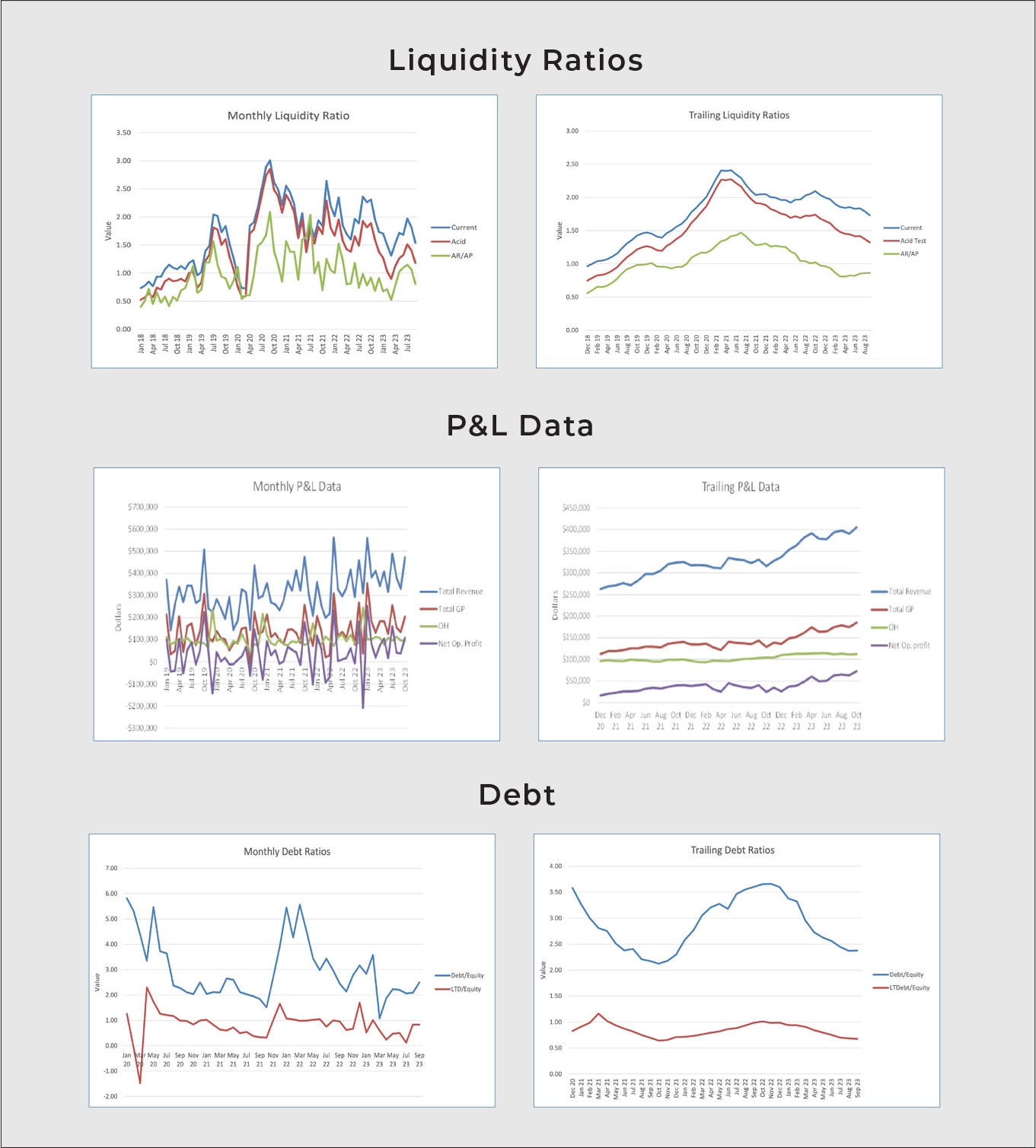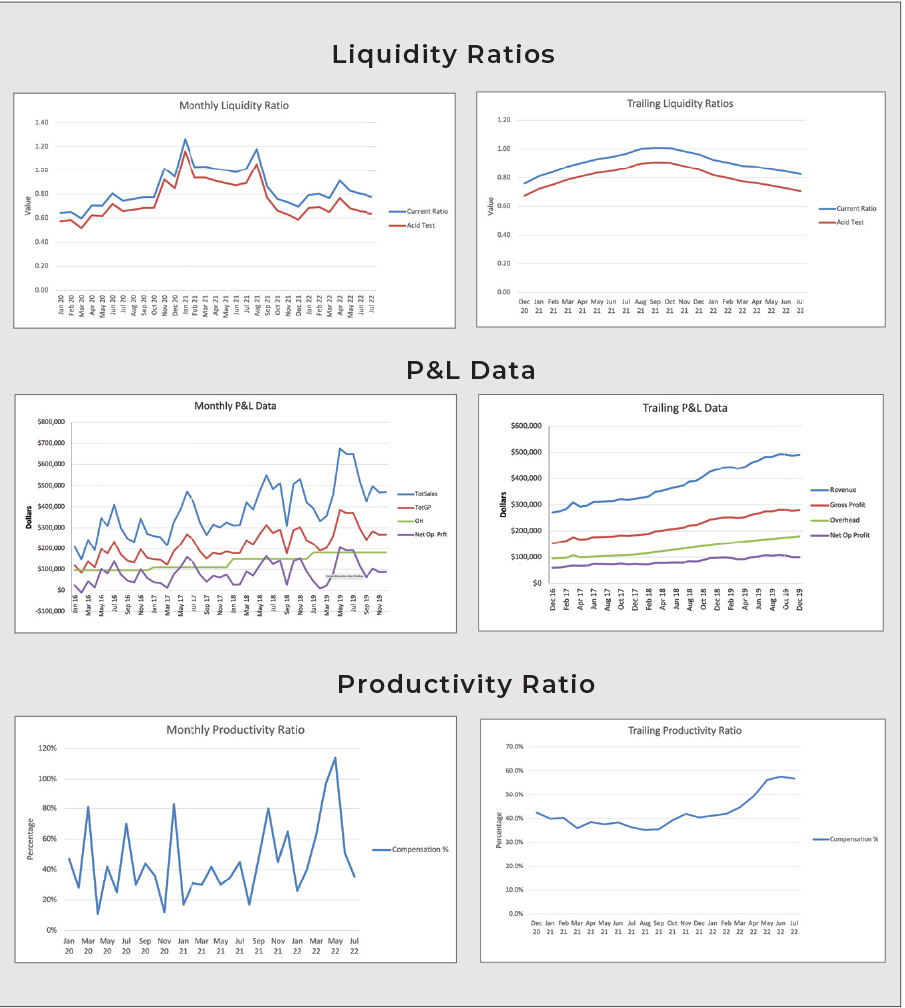“He can afford it. He’s made of money.” That’s what employees think when they don’t understand costs and profit. When you establish a bonus structure, employees learn about cost and profit. They care because it impacts their compensation.
Bonuses and Profit Sharing
Bonuses and profit-sharing plans are put in place to reward managers and employees for helping the company achieve profits. Company owners "share the wealth" with those who have helped create it.
Bonuses and profit sharing are usually distributed two months after the fiscal year ends. They can be determined according to the program described below for managers and a separate program for all other employees.
Bonuses should not be distributed at holiday time because if they are, then employees look at the bonuses as gifts and expect them - whether the company has a good year or a loss.
Bonuses are divided into two areas: manager bonuses and employee bonuses.
Managers’ Bonus Plan
The role of a good manager is to take care of customers and employees profitably. As such, all department managers participate in a program that rewards managers for the performance of his or her department.
Each manager's department has a profit and loss statement for that department. The department manager will participate in sharing a percentage of those profits. The percentage of profits paid to each manager will be equal to the percentage of profit (relative to gross revenue) their department made (before extraordinary expenses*).
Net operating profit margin is defined as normal revenues minus those expenses that the department normally experiences before bonuses and extraordinary expenses that aren’t a normal department expense.
Example 1 - Department Manager A runs a department that nets a 10% overall net operating profit margin on gross revenues of $600,000.00. This means that Department A had profits of $60,000.00. Department Manager A would then receive 10% of the profits for their department (in this case 10% of $60,000.00, or $6,000.00).
Example 2 - The same department has revenues of $600,000.00 and nets 15% or $90,000.00. Department Manager A would then receive 15% of the $90,000.00 or $13,500.00.
Other factors to consider for managers:
• For many companies, the accounting department manager receives 1% of the profits of each department.
• Inventory adjustments should be factored in prior to managers’ calculations and payouts.
• Owner withdrawals for owner bonuses and other expenses are taken into consideration after net operating profit. The owner’s (normal) salaries and usual expenses are part of overhead costs and affect each department’s bottom line.
A manager’s ability to manage his/her department directly affects his/her compensation. The better the manager manages the department, the more compensation he/she receives.
Employee Profit Sharing Plan
This bonus method eliminates the question of “What bonus should I pay?” It is a structured method rather than an emotional, inconsistent method for paying bonuses.
Employees are paid based on their compensation (hourly wage plus bonus or salary) and the number of years of employment. The company owner determines the percentage of net operating profit to be distributed annually. Generally, this percentage ranges from 10% to 25%. The remainder is kept for company growth, manager bonuses, and owner distributions.
Employee profit sharing is calculated according to that employee's percentage of the total compensation and number of years employed for all employees.
Assume the following:
• Employee 1: $20,000 total compensation; employed 3 years
• Employee 2: $60,000 total compensation; employed 1 year
• Employee 3: $30,000 total compensation, employed 5 years
If the company total compensation is: (20,000)(3)+(60,000)(1)+(30,000)(5) = 270,000
Then employee 1 receives a percentage of 60,000/270,000 = 22%
If the total net operating profit to be distributed is $10,000 then Employee 1's share is $2,200.
Once employees understand that bonuses will be based on company profitability, they become much more interested in making sure the company is profitable.
In explaining the bonus structure, the bonus amount can be translated into a percentage of revenues if you don’t want to share the net profit number. For example, 15% of net operating profit might translate into 1% of revenue.
The percentage could be based on actual revenues with a minimum revenue before bonuses. For example, the company has to reach $2 million in revenues before bonuses are paid. The bonus will be 1% of all revenues with a minimum of $20,000. If the company reaches $2.1 million, then the bonus will be $21,000, etc.
At the beginning of the year, give each person what his bonus will be assuming the company reaches the revenue goal. Then report revenues each month so employees can see that the company is on track. If the revenues are not on track, ask your employees for suggestions. They are more likely to suggest ideas since lower revenues affect their bonus.
Click here to download the template for employee profit sharing and department manager bonus plan.
Ruth King has more than 25 years of experience in the HVACR industry and has worked with contractors, distributors and manufacturers to help grow their companies and become more profitable. Contact Ruth at ruthking@hvacchannel.tv or at 770-729-0258.






